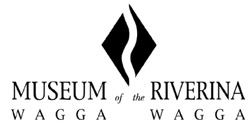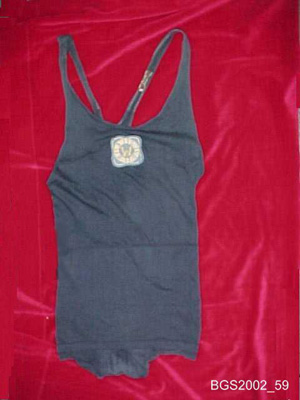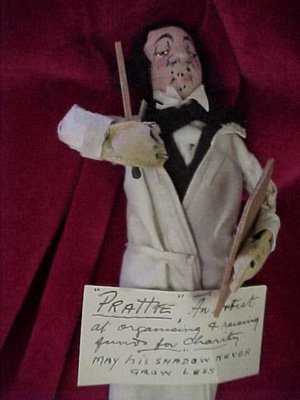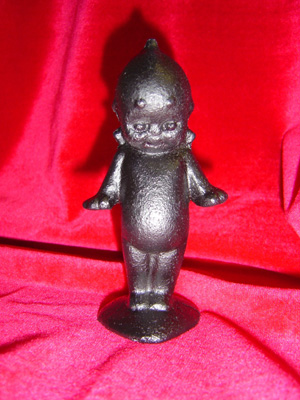Wagga Wagga, Riverina
Museum of the Riverina

The Museum of the Riverina has two impressive sites. The first is situated in the former Historic Council Chambers, built in 1881, and converted in 1998 to function as a museum facility. This site is used as a meeting venue - in the former chamber - and as a venue for hosting a regular program of travelling exhibitions.
The second site, adjacent to the Botanic Gardens, was formerly run by the Wagga Wagga & District Historical Society, and opened in 1965. The site was renovated and reopened in September 2001 and contains internal exhibitions and a number of outbuildings. The newly renovated displays include the Wagga Wagga Sporting Hall of Fame, an Aboriginal section and a general Wagga Wagga local history section.
Subject:
- Social History Museum
- Photographs
- Furniture
- Illuminated Manuscripts
- Archives
- Bushrangers
- Domestic Items
- EducationAndSchools
- Emergency Services
- Historic Buildings
- Historic People
- Local Government
- Local History
- Maritime and Naval History
- Militaria
- Organisations
- Professionals and Trades
- Religion
- Rural Life
- Social History
- Women
- Agriculture
- Clocks
- Clothing, Fashion, Costume
- Communications
- Horse Drawn Transport
- Industry
- Lighting
- Manufacturing
- Medicine and Health
- Photography
- Printing
- Surveying
- Tools
- Aboriginal Artefacts
- Aboriginal Culture
- Ephemera
- Models
- Sports
Items
Swimsuit
The Wagga Beach Life Saving Club (WBLSC) Swimsuit

The one-piece Speedo swimsuit was worn by Wagga resident Eric Carpenter, who was an active member of the Wagga Beach Life Saving Club between 1946 and 1951.
The swimsuit is of historic significance for various reasons. As an object, it is well-provenanced - one of several objects within the BGS collection belonging to the same owner (including at least one image of Eric wearing the swimsuit). Eric Carpenter was Wagga-born and bred, living there for his whole life with the exception of three years spent in the navy during World War II, so there is a strong local connection. The swimsuit also celebrates the fact that a regional inland centre had such a strong lifesaving force (something usually associated with coastal areas), and that in the history of the WBLSC there was not one fatality whilst a patrolman was on duty.
Doll
"Prattie" artist doll

Wagga Wagga
Cast iron paperweight
Wagga Bush Baby

In 1939 a Melbourne-born moulder called Jack Hanks bought the foundry and built up a solid business casting plough shears, gears and sprockets. In 1962, he was joined by a partner, Robin Lindsay who carried on the business until 2002. The Wagga Iron Foundry still maintains traditional moulding skills that have made them famous for excellent heritage castings.
The Museum of the Riverina is aiming to collect contemporary items from Wagga Wagga, the first of which was this cast iron paperweight, in the form of a kewpie doll. Marketed as a "Wagga Bush Baby", it is manufactured in a mould, front and back. The baby stands on a heart-shaped base, and is painted a range of colours when finished. The history of this item is shrouded in mystery, but it is a popular souvenir item still being manufactured today.
Wagga Wagga
Postcard
World War 1 postcard
Patriotic cards are not necessarily rare within museum collections. The inherent value of this example lies in the inscription on the verso. The author of the card we know only as 'Billy'. In such anonymity, he can be seen to represent the unidentified, faceless mass of soldiers who fought in the Great War. Many of these men and women were not immortalised and have been largely forgotten.
This postcard is of historic significance as it allows the reader an insight into the very private feelings of a young, inexperienced soldier, who may have been away from his home, family and friends for the first time in his life. Although the First World War was fought on the other side of the world, it had a dramatic impact on the people of Wagga. Billy's postcard reveals the effect of wartime on both soldiers and those loved ones they left at home.
"They [propaganda postcards] are not merely snapshots of a world at war. They are virtual windows into the minds and hearts of the millions who fought that war"
J. Kasonovich and P. Hageman, 'Propaganda Postcards of the Great War'
Wagga Wagga, Australia
Delivery bicycle
Huthwaites grocery delivery bicycle
The Huthwaites delivery bicycle is the only one in existence (Huthwaites only ever had one made). It is representative of grocery delivery bicycles of the 1940s, harking back to gentler days when door-to-door deliveries were commonplace. The bicycle also symbolises the importance Huthwaites placed in advertising. The bicycle specifications included both the advertising panel with their logo "The Friendly Store" and also the deliberate choice of eye-catching bright red paint for the frame.
The Huthwaites bicycle has historic significance as it may be the only grocery delivery bicycle connected with a Wagga firm which has survived intact. It is a provocative artifact from one of the most successful businesses in Wagga which has now been relegated to the ranks of one of the city's vanished landmarks.
Wagga Wagga
